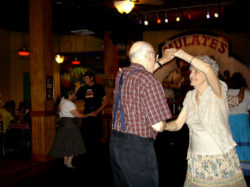Literature
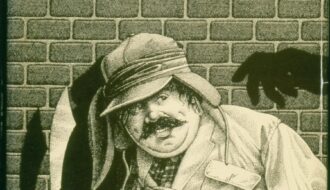
A Confederacy of Dunces
Despite the difficulties John Kennedy Toole faced while trying to publish A Confederacy of Dunces, the novel went on to win the Pulitzer Prize for Fiction and sell more than two million copies.

Despite the difficulties John Kennedy Toole faced while trying to publish A Confederacy of Dunces, the novel went on to win the Pulitzer Prize for Fiction and sell more than two million copies.
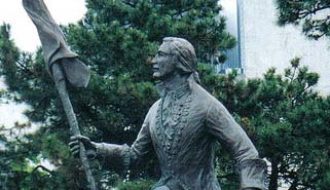
Antoine de La Mothe, Sieur de Cadillac served as the governor of Louisiana from 1713 to 1716.
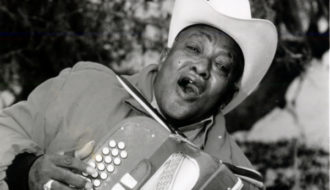
Wilson Anthony "Boozoo" Chavis was a pioneering zydeco musician best known for highly danceable tunes and his often-risqué sense of humor.

Alvyk Boyd Cruise was a multitalented artist and historian in New Orleans during the mid-twentieth century.

For more than half a century, photographer C. C. Lockwood has documented Louisiana’s natural features, landscapes, flora, and fauna.
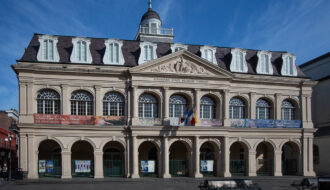
The Cabildo, one of three eighteenth-century structures that anchor New Orleans's Jackson Square, stands as a visual monument to Spanish rule in Louisiana.

This historic building in New Orleans has played an important role in Louisiana’s government and is now a museum.
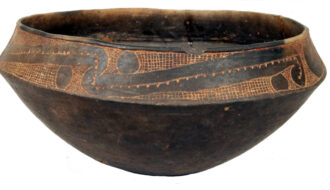
This entry covers prehistoric Caddo culture during the Late Woodland and Mississippi Periods, 900–1700 CE.
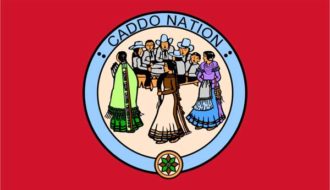
The Caddo Indian Treaty of 1835 between the Caddo people of northwestern Louisiana and the US government resulted in a protected American boundary with Mexico, the relocation of the Caddo from Louisiana to Indian Territory (now Oklahoma), and the establishment of present-day Shreveport.

Caddo people began to inhabit the Red River valley approximately 2,500 years ago.

The Caddo people, who began to inhabit the Red River valley approximately 2,500 years ago, were eventually pushed out of their traditional territory by Anglo-American immigrants.
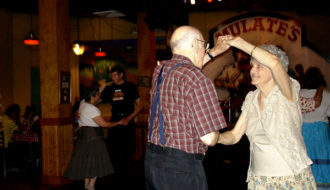
Cajun dance halls–salles de danse– are live music venues where dancing, courtship, and community building transpire.
One-Year Subscription (4 issues) : $25.00
Two-Year Subscription (8 issues) : $40.00
